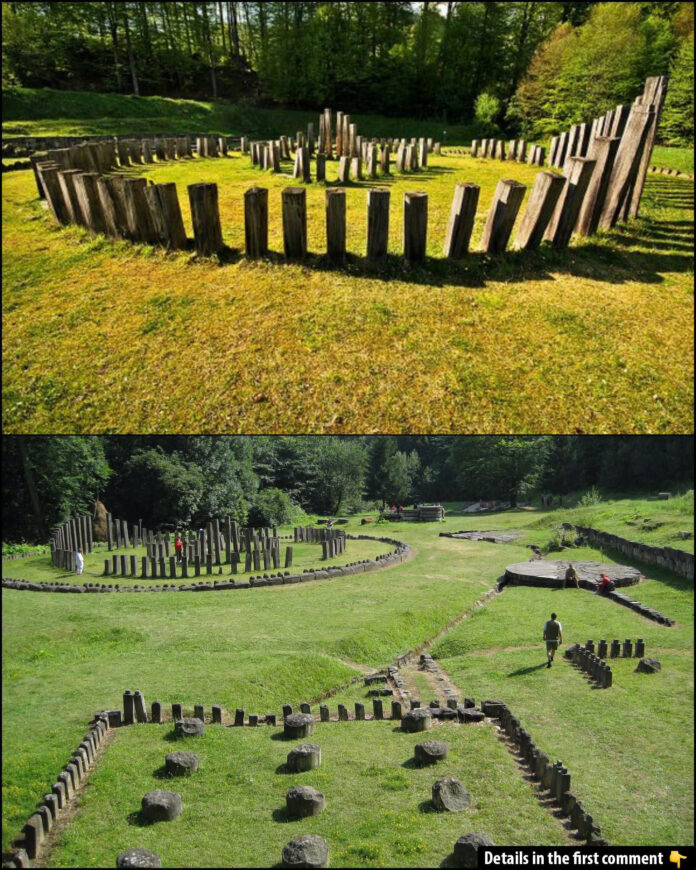Deep within Romania’s Carpathian Mountains lies a remarkable testament to ancient ingenuity and power—Sarmizegetusa Regia, the once-magnificent capital of the Dacian civilization. This UNESCO World Heritage site, shrouded in forest and mystery, offers visitors a rare glimpse into a sophisticated pre-Roman European culture that thrived over two millennia ago.
The Rise and Fall of a Mountain Fortress
Strategic Brilliance in the Carpathians
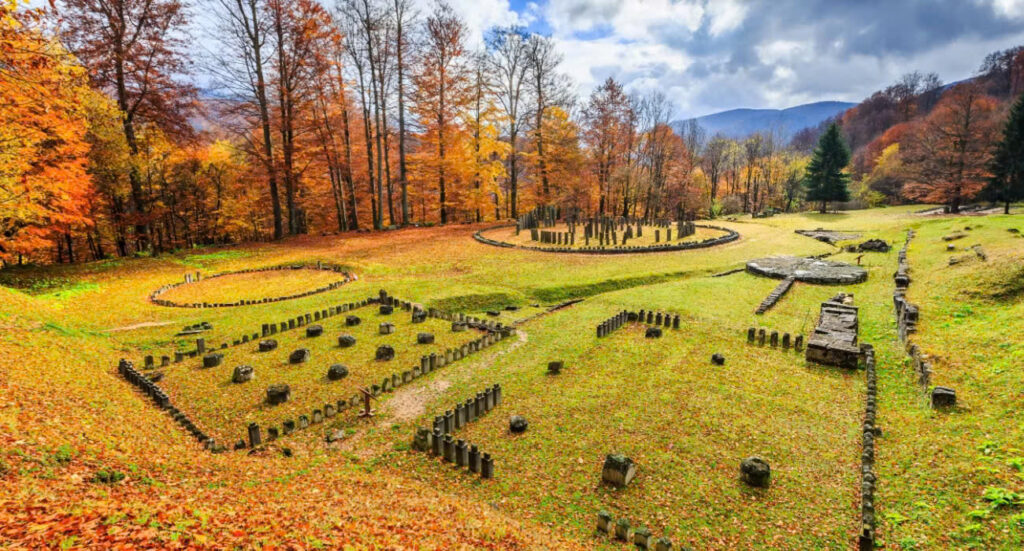
Nestled in the rugged Orăștie Mountains, Sarmizegetusa Regia was established during the 1st century BC as the centerpiece of Dacian defense. The location wasn’t chosen by chance—surrounded by natural barriers and situated near valuable iron deposits, it served both defensive and economic purposes for the powerful Dacian Kingdom.
The Golden Age Under King Decebalus
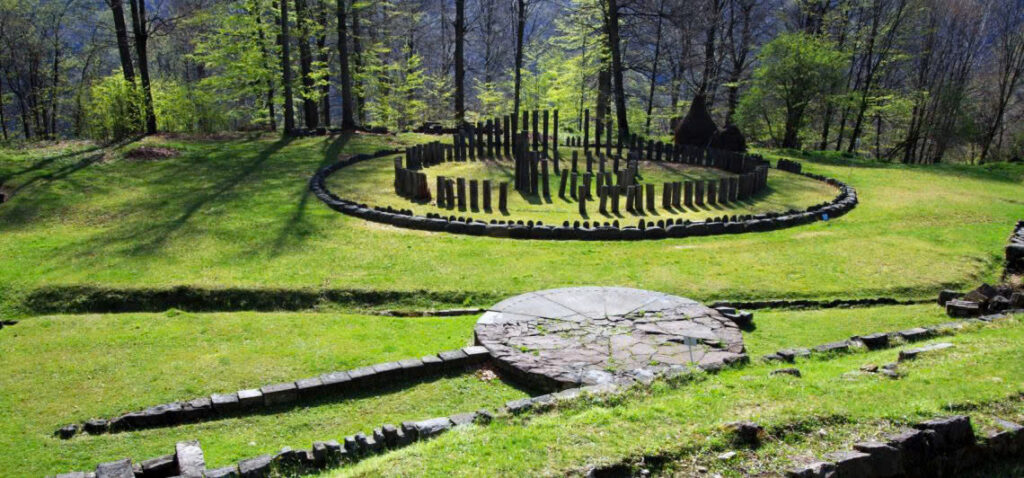
The fortress reached its zenith during the reign of King Decebalus, the last sovereign ruler of independent Dacia. Under his leadership, Sarmizegetusa evolved from a simple stronghold into a complex settlement encompassing military, religious, and civilian quarters. Beyond its defensive walls, it became the cultural and spiritual heart of Dacian society.
Roman Conquest and Legacy
The glory of Sarmizegetusa Regia came to an abrupt end in 106 AD when Emperor Trajan’s Roman legions conquered Dacia after two brutal wars. Following their victory, the Romans abandoned the mountain capital in favor of their own settlement—Ulpia Traiana Sarmizegetusa—built in a more accessible location. Though the original Dacian capital fell into ruin, its influence persisted in the Romanized city that succeeded it.
Walking Through Ancient Wonders
Impressive Fortifications
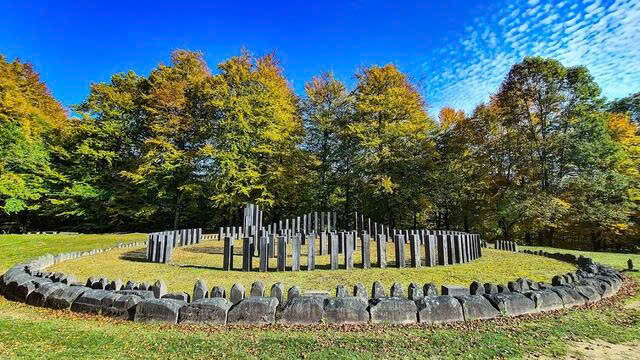
Even today, visitors can appreciate the remnants of the formidable three-meter-thick defensive walls that once encircled the fortress. These imposing structures, alongside strategically positioned watchtowers and gates, demonstrate the Dacians’ advanced understanding of military architecture and their determination to protect their civilization from invaders.
The Sacred Precinct
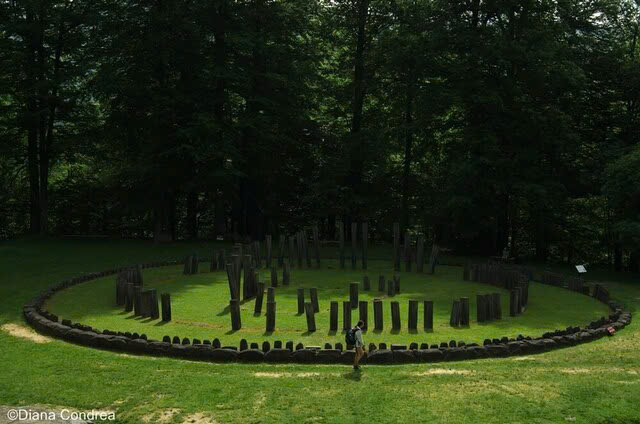
Perhaps the most captivating feature of Sarmizegetusa Regia is its Sacred Area, where the Dacians conducted their religious ceremonies. The crown jewel of this spiritual complex is the Large Sanctuary—a circular structure reminiscent of Stonehenge that likely served both religious and astronomical functions. Here, Dacian priests tracked celestial movements and performed sacred rituals to honor their deities.
A Sophisticated Civil Settlement
Archaeological evidence reveals that Sarmizegetusa Regia was home to a thriving community with remarkable urban planning. The discovery of residential quarters, workshops, storage facilities, and water management systems points to a highly organized society with technological capabilities far beyond what many assume of pre-Roman European cultures.
Archaeological Treasures and Ongoing Discoveries
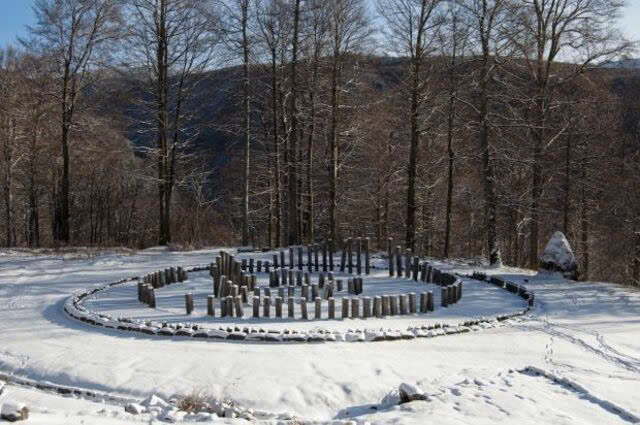
Decades of excavations have yielded countless artifacts that illuminate daily life in ancient Dacia. Pottery fragments, tools, weapons, and even inscribed items—like the famous ceramic vase bearing the words “Decebalus per Scorilo”—provide tangible connections to the people who once called this mountain fortress home.
The site also features a well-preserved 2,000-year-old paved road connecting the military zone to the Sacred Area, a testament to Dacian engineering prowess that has withstood the test of time.
The Spiritual Legacy
For the Dacians, Sarmizegetusa Regia was more than a political and military center—it was a place of profound spiritual significance. The temples and altars in the Sacred Area served as conduits between the people and their gods, while astronomical alignments with solstices and equinoxes suggest sophisticated celestial observation capabilities.
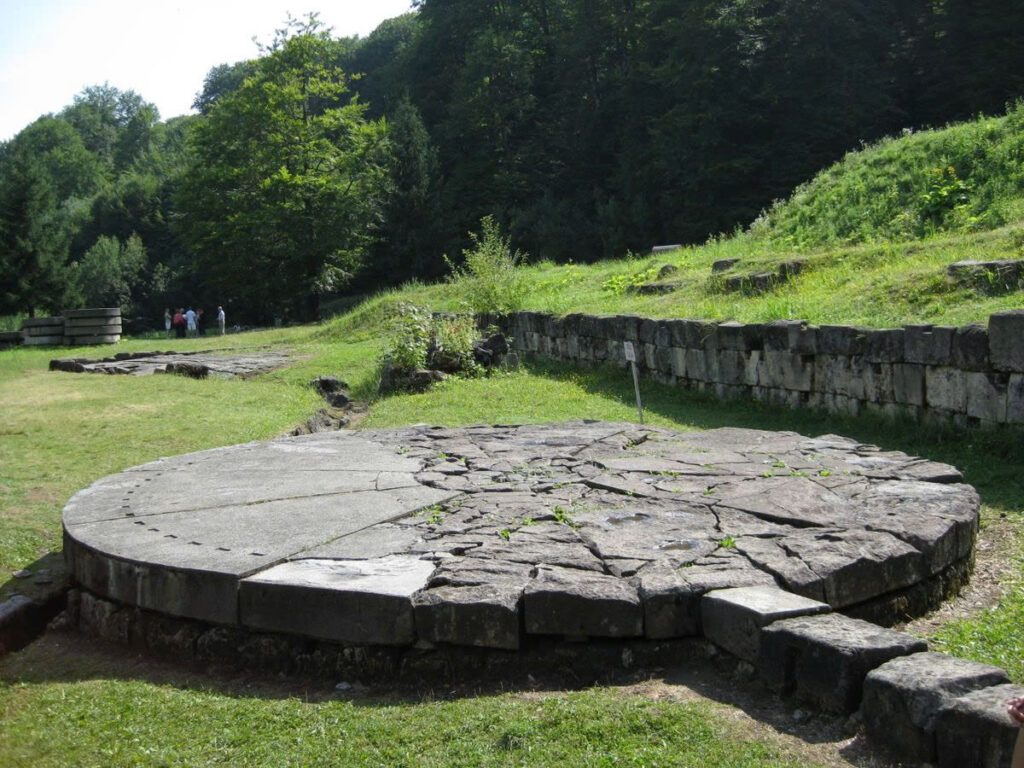
Today, visitors are asked to respect these ancient structures by not climbing on the monuments, preserving their integrity while experiencing the same spiritual energy that drew the Dacians to this remarkable location millennia ago.
Video
Visiting This Hidden Gem
Practical Information
Located within the pristine Gradistea Muncelului-Cioclovina Nature Park, Sarmizegetusa Regia offers an unforgettable journey through time. Visitors typically begin in the town of Orăștie, followed by a scenic drive through mountain villages and a moderate two-kilometer hike to reach the fortress.
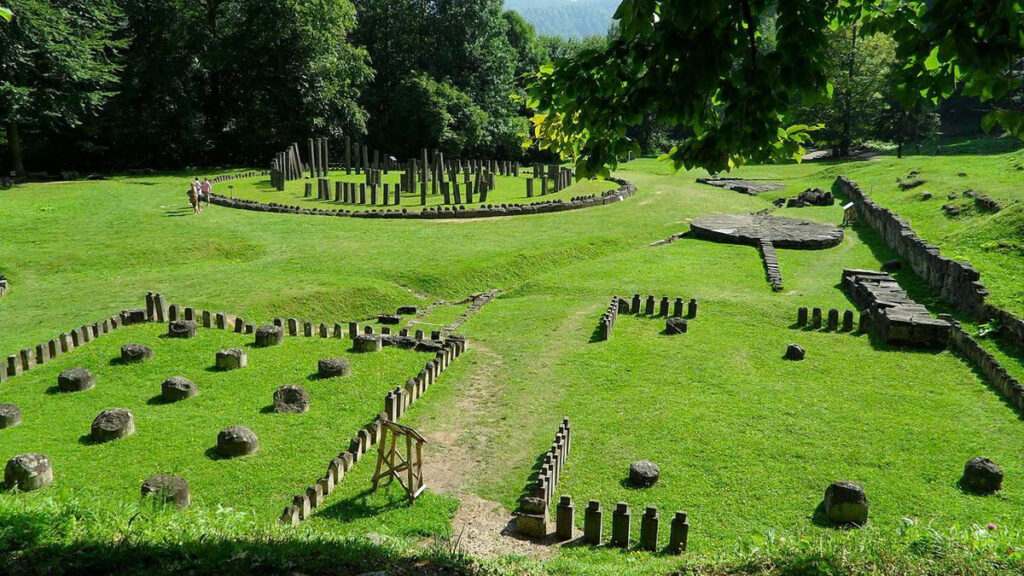
As a protected UNESCO World Heritage site, the area maintains regular visiting hours and charges an entrance fee, with conservation efforts ongoing to preserve this archaeological treasure for future generations.
Beyond Sarmizegetusa
The full Dacian experience extends beyond Sarmizegetusa Regia to other fortresses in the Orăștie Mountains, including Costești and Blidaru, all part of the UNESCO Heritage List. Nearby, the ruins of Ulpia Traiana Sarmizegetusa provide fascinating insights into the subsequent Romanization of the region.
A Living Monument in the Mountains
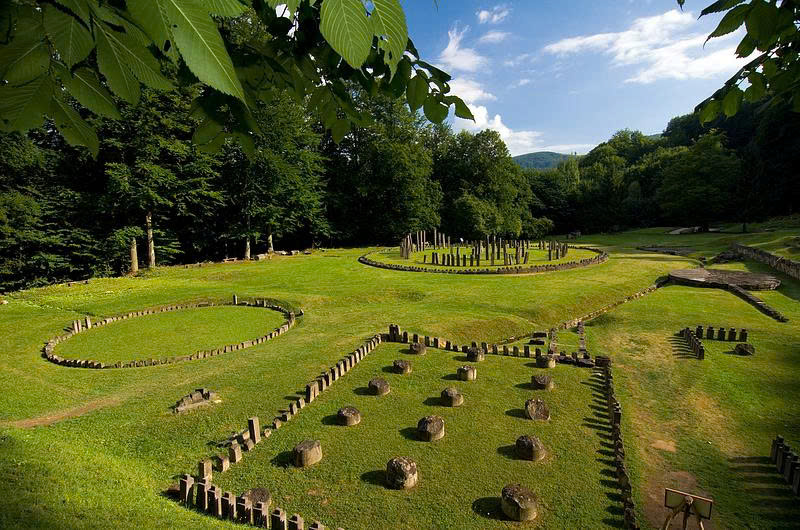
Sarmizegetusa Regia stands as more than an archaeological site—it’s a living connection to Romania’s ancient past. Its strategic position, impressive architecture, and spiritual significance make it one of Eastern Europe’s most important historical treasures. As preservation efforts continue, this mountaintop citadel offers visitors a unique opportunity to step back in time and experience the legacy of the remarkable Dacian civilization that once dominated the Carpathians.
